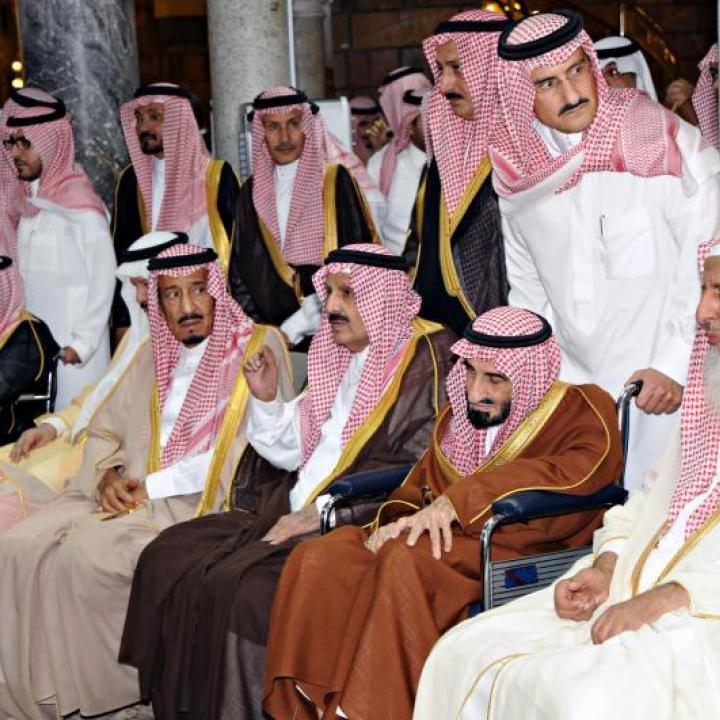

Washington should bluntly tell the House of Saud that its current system of governance is broken, and that younger princes should be given bigger roles.
The death of Saudi Crown Prince Nayef on Saturday had been widely anticipated since his appointment to that position last October following the death of his elder brother, Sultan, the previous heir apparent. The victim of a sudden heart attack, Nayef was known to be unwell for months -- he was in Geneva for medical tests when he passed, and earlier this year he was treated in Cleveland, Ohio.
Prince Salman, who took over Sultan's defense portfolio, has been named the next crown prince as expected. But it is wrong to view this decision as a smooth and carefully schemed transition. Rather, it demonstrates the lack of alternatives and a fast-approaching decision on which branch of the family will win, or be handed, primacy over the throne in the next generation.
Notionally, Salman (76 years old) is almost a different generation from King Abdullah (88), but both are unwell. Abdullah is almost bent double as he walks, and Salman carries a stick and remains affected by a stroke. Although there are another sixteen surviving sons of the kingdom's founder, Abdul Aziz, also known as Ibn Saud, there are very few, if any, with the right combination of experience, respect, and maternal lineage to be a future crown prince.
The succession problem could hardly come at a worse time. Saudi Arabia seems diplomatically frozen in the headlights of regional events. The Arab world is wracked by revolutionary turmoil (Egypt) and bloody impasse (Syria). Iran's nuclear program threatens from across the Persian Gulf. And to add insult to injury, the kingdom's tiny and often irritating neighbor Qatar has sought to play in the same foreign policy league as Riyadh -- and succeeded.
Saudi Arabia's challenge is to begin the process of transferring power to the real next generation: the most qualified sons and nephews of Abdullah and Salman, princes in their fifties and sixties who have both experience and ability. Although hampered by regal precedent and innate caution, the House of Saud should be making changes now rather than waiting for a full-blown crisis to emerge.
One way forward would be for the family to agree on a crown-prince-in-waiting from the next generation, to train for the day (probably soon) when Salman becomes king. Another would be to structure the government so that the king and crown prince take more figurehead roles, commensurate with their limited physical endurance and slowing mental faculties. Even though it is a stretch to imagine that any sort of popular democracy will emerge soon, the king should still give up his title of prime minister, leaving day-to-day decisionmaking in younger hands.
Washington's role is to prompt such action by showing the royals that if they cannot reshape their own future, the political changes sweeping the Middle East could carry them away as well. Historically, U.S. interests in Saudi Arabia have centered on emphasizing stability and maintaining the kingdom's huge oil exports -- the latter being key to the success of current sanctions on Iran. But this approach should be combined with efforts to leverage Riyadh's fear of Iran and continuing reliance on U.S. security guarantees. Such a shift would incur doubt and resistance from sections of the U.S. foreign policy community. But the death of Crown Prince Nayef, who would have been the main obstacle on the Saudi side, presents a rare opportunity that should not be missed.
Simon Henderson, the Baker fellow and director of the Gulf and Energy Policy Program at The Washington Institute, is author of After King Abdullah: Succession in Saudi Arabia.



